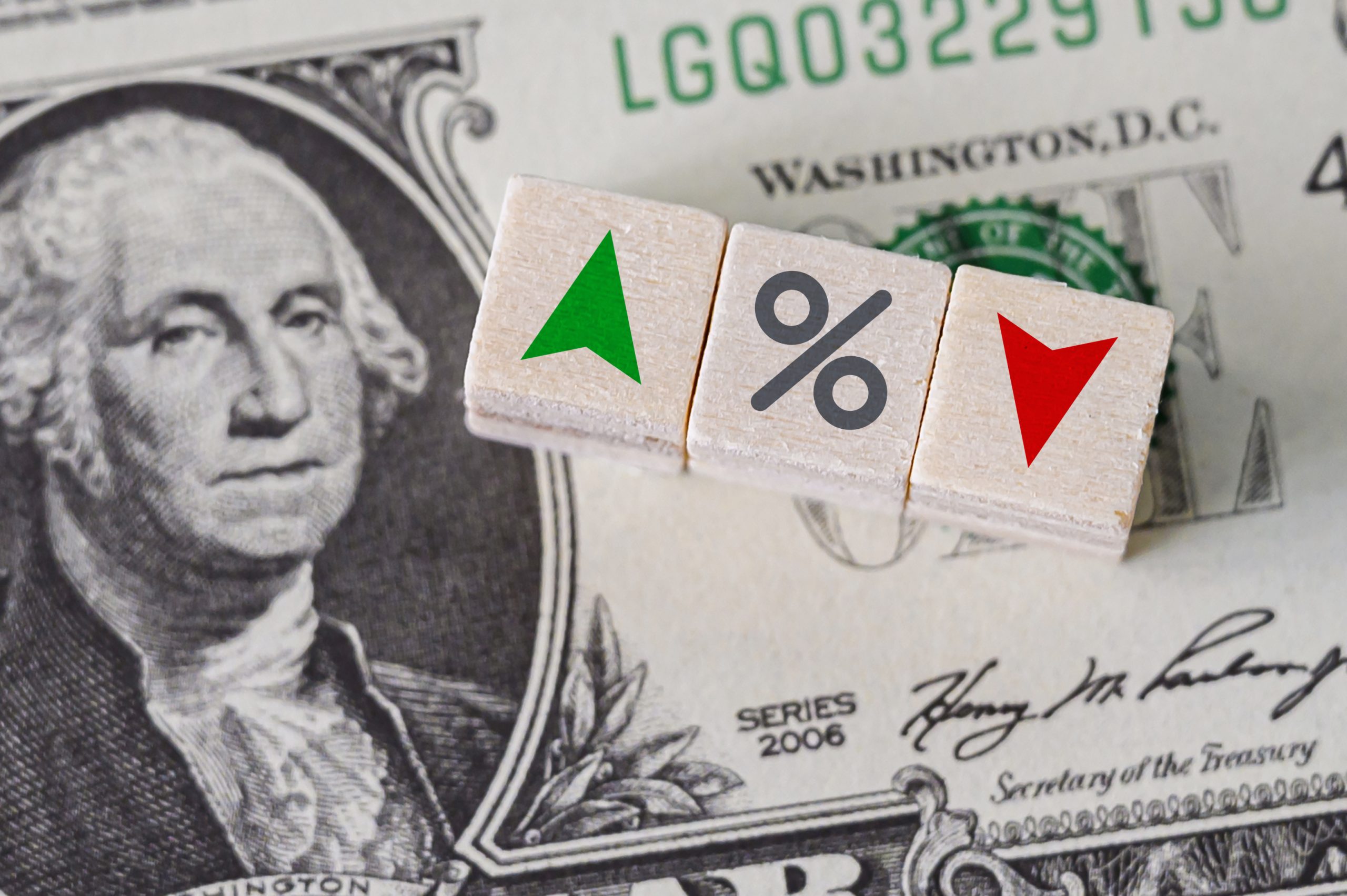The US Federal Reserve (FED) raised its key interest rate by 50 basis points on Wednesday, i.e., 0.75 and 1%. This is the most significant jump since 2000 as the FED rates news point out. The FED opened a two-day meeting of the Monetary Committee on Tuesday, which resulted in a further tightening of monetary policy by half a percentage point. This represents the most significant increase in interest rates since May 2000.
Read also how FED gave the best reason to buy Bitcoin in this article!
Right now is the best time to invest into Bitcoin! Buy Bitcoin on Coinbase, the best crypto market from just $10!
FED interest rates raised and inflation news
“US central bankers have previously announced that rates will increase at every meeting this year,” said analyst Tomas Volf of Citfin. “Statistics have long shown that the full recovery of the US labor market is well underway, so US central bankers can start to address inflation, which continues to accelerate,” the analyst added.
According to the bank, the decision to increase interest rates was unanimous and in line with the expectations of analysts interviewed by Reuters. The FED thus followed the March interest rate hike by a quarter of a percentage point, which should ease the situation in the stock market.
The FED said that household spending and corporate fixed investment remain high despite the gross domestic product declining in the first three months. Inflation then remains high, and inflationary pressures are likely to remain high due to the war in Ukraine and new coronavirus restrictions in China.
The FED will also begin to cut its balance sheet, which rose to $9 trillion as the central bank sought to protect the economy from the covid-19 pandemic.
The start-up phase will last for three months in June. The balance sheet is expected to decline by $ 47.5 billion a month. After that, the maximum rate of monthly reduction will double to $95 billion per month. The Monetary Committee’s opinion publication was perfectly in line with market expectations.
An increase in the FED interest rate makes loans more expensive and slows down demand. This helps to slow inflation but, at the same time, weakens economic growth. Therefore, the central bank must seek to raise interest rates enough to curb inflation without jeopardizing economic growth and the labor market.
After the press conference opened, shares in the United States initially reacted with a decline. Still, their direction changed radically when Governor Powell ruled out the possibility of raising rates by 75 basis points at subsequent meetings.
“It simply came to our notice then. Although the central bank has confirmed that it is likely to raise interest rates by 50 basis points at least two subsequent meetings, it has shown that it does not plan to reduce inflation at all costs,” adds Pfeiler.
The news suggested that FED could have raised the rates by 75 points, which would be a different scenario. The fact that the FED will not raise interest rates by 75 basis points signals that central bank officials consider several other factors. “This is, of course, welcomed by the bourgeoisie, who understand this approach as meaning that the Fed takes the markets into account. The economic outlook also contributed to the positive sentiment. “Governor Powell sees a chance for a smooth economic landing with a strong chance of avoiding a recession,” said Cyrrus analyst.
“On the other hand, the FED has admitted that it can raise interest rates above neutral rates if necessary. However, the view prevailed that the Fed believed that inflation would soon peak. However, this may not be confirmed in the coming months, “concludes For SZ Byzns Pfeiler.
Take care of your privacy online. Don’t miss out on Black Friday deal from NordVPN!
Conclusion
Inflation in the US is now well above the Fed’s 2% target. It rose to 8.5 percent in March, the highest level since December 1981. For the sixth month in a row, prices rose by over six percent. The food and energy prices, which are being driven up by the Russian invasion of Ukraine, have increased the most. Housing costs also continued to rise. GDP then fell 1.4 percent in the first quarter after growing 6.9 percent in the fourth quarter.







